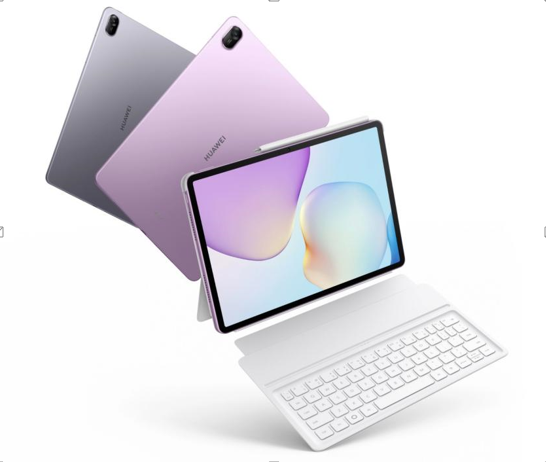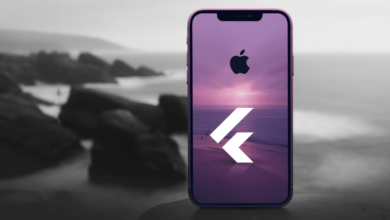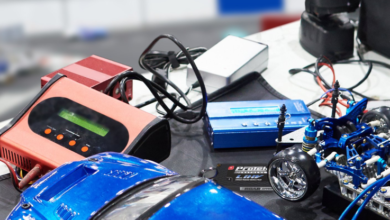Can Tablets Fully Replace Paper Notebooks Now?

The satisfying scratch of pen on paper has been a constant in our lives for centuries. But as tablets with stylus support become more advanced, many are wondering if digital note-taking can finally match – or even surpass – traditional paper notebooks. The answer isn’t simple, as both formats have unique strengths that suit different needs and preferences. In this article, we’ll examine where tablets excel, where paper still dominates, and how to decide which solution works best for your note-taking style and workflow.
The Digital vs Paper Notebook Debate
The choice between digital and paper notebooks ultimately comes down to personal preference and specific use cases. Students might prefer tablets for organizing lecture notes and research, while artists may still favor paper for its natural sketching feel. Business professionals often find tablets more practical for meetings and travel, yet many creatives swear by paper’s unplugged simplicity. Interestingly, studies show that writing by hand improves memory retention compared to typing – but digital handwriting offers similar cognitive benefits while adding searchability and organization. The debate isn’t about which is objectively better, but rather which better serves your individual needs and working style in different situations.
Where Tablets Outperform Paper
Infinite Canvas & Organization Features
Digital notebooks eliminate physical space constraints. You’ll never run out of pages mid-meeting or need to carry multiple notebooks. Tablets allow infinite zooming, layer support for complex diagrams, and the ability to rearrange pages effortlessly. For example, when brainstorming a project, you can start with rough sketches, add detailed notes, then reorganize everything with simple drag-and-drop gestures. Search functionality transforms how you retrieve information. Instead of flipping through pages, you can instantly find notes by keyword or even search handwritten text. Some apps like Huawei Notes can convert handwriting to text, making your notes as searchable as typed documents while preserving your original handwritten version.
Cloud Sync & Cross-Device Access
The ability to access notes anywhere is perhaps the most compelling digital advantage. Your meeting notes automatically sync across devices – review them on your phone while commuting or pull them up on your laptop during presentations. Cloud backup means never losing important notes to coffee spills or misplaced notebooks. Collaboration becomes seamless with digital notes. You can share a single page or entire notebook with colleagues, who can then add comments or make edits in real time. Version history lets you track changes and revert to previous iterations if needed – impossible with paper notebooks.
Environmental & Space-Saving Benefits
Switching to digital significantly reduces paper waste. The average office worker uses 10,000 sheets annually – a tablet can eliminate most of that. Digital storage also solves the problem of physical notebook accumulation. Instead of boxes filled with old notebooks, you have years of notes neatly organized in the cloud, searchable in seconds. For students and researchers who need to reference old notes frequently, digital archives are invaluable. You can keep every notebook from your entire academic or professional career without needing physical storage space.
See also: Tech innovations transforming logistics and risk management
Where Paper Still Wins
Tactile Writing Experience Comparison
Despite advancements in screen textures and stylus technology, paper still offers the most natural writing feel. The friction of pen on paper provides precise control that even the best digital solutions struggle to match perfectly. Artists in particular often prefer paper’s immediate response and the ability to use specialized tools like brush pens. There’s also an intangible psychological aspect – many people find they think differently when writing on paper versus a screen. The physical act of flipping pages can aid memory and provide spatial context that infinite scrolling digital pages sometimes lack.
Battery-Free Reliability
Paper never runs out of power, crashes, or needs updates. It works instantly with no boot time or connectivity issues. This makes paper notebooks ideal for quick jots, field research, or situations where you can’t guarantee access to power. Many professionals keep a small paper notebook as backup even when primarily using digital. Paper also excels in certain professional settings. Client meetings often feel more personal when taking notes on paper rather than a screen. Some find tablets create a subtle barrier in conversations, while paper feels more open and engaged.
Making the Switch: Transition Tips
Overcoming the Learning Curve
Switching from paper to digital requires an adjustment period. Start by using your tablet for specific use cases where digital advantages are clearest, like meeting notes or research. Gradually expand as you become comfortable with the digital workflow. Experiment with different note-taking apps to find one that matches your thinking style. Many find success by digitally recreating their paper notebook layout at first, then gradually exploring more advanced digital features like linking between pages or embedding multimedia.
Building New Digital Organization Habits
Digital organization requires different approaches than physical notebooks. Take advantage of tags, notebooks, and sections to create a system that works for you. For example, you might organize by project rather than chronologically, with tags for easy cross-referencing. Develop a consistent file naming and backup routine. While digital notes can’t be lost physically, they can disappear if not properly backed up. Set your app to automatically sync to the cloud, and consider periodic exports to PDF for important notes.
Future Innovations That May Tip the Scales
Upcoming technologies promise to further bridge the gap between digital and paper. E-ink tablets with color displays and faster refresh rates are making digital notes easier on the eyes. Advanced screen textures are becoming nearly indistinguishable from paper’s tactile feel. Haptic feedback technology may soon simulate the subtle vibrations of writing on different paper types. AI-powered organization features could automatically categorize and connect related notes in ways impossible with paper. As these technologies mature, digital note-taking will likely become even more compelling.

Concluion
For most users, tablets like the Huawei MatePad 11.5 2025 can replace paper notebooks—offering searchable notes, perfect organization, and sync across devices. With superb stylus support and all-day battery life, it’s ideal for students and professionals. Prefer paper? Some still do for sketching or offline use. But why not test-drive digital? buy matepad 11.5 2025 today and try it as your main notebook for a month—you might love the upgrade!



